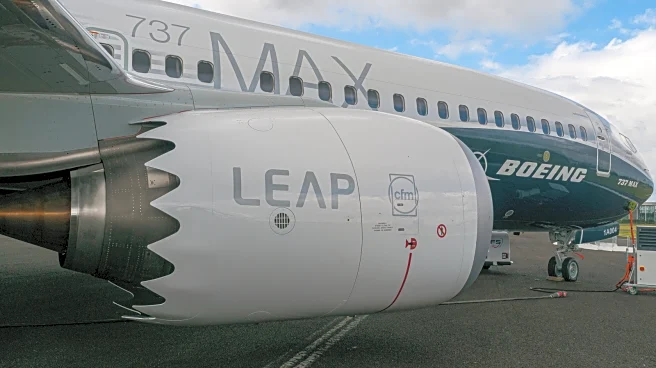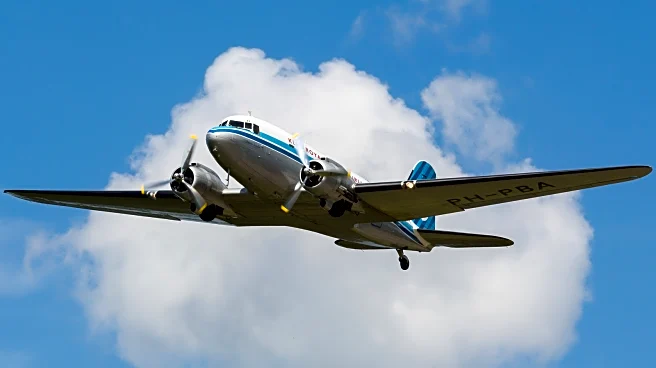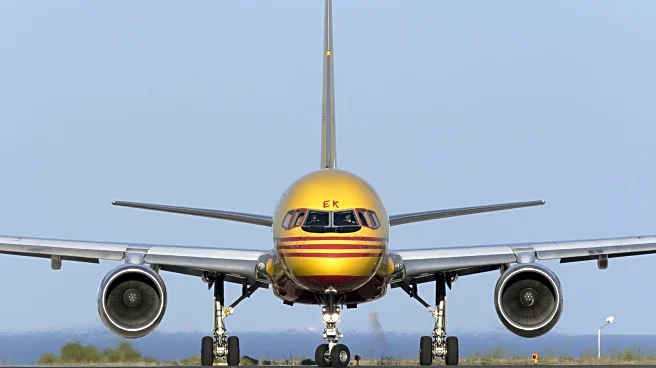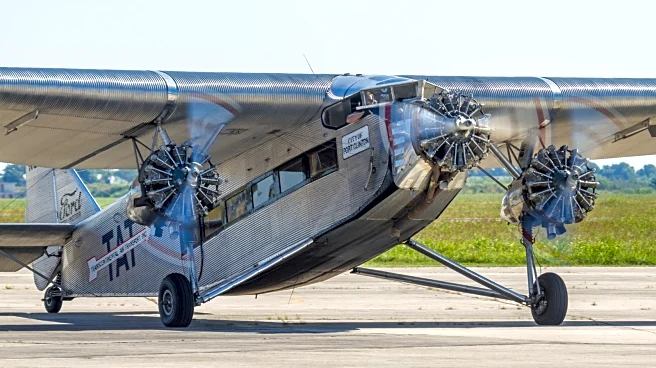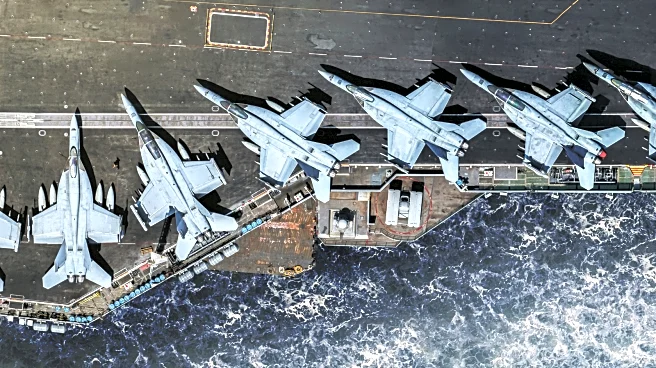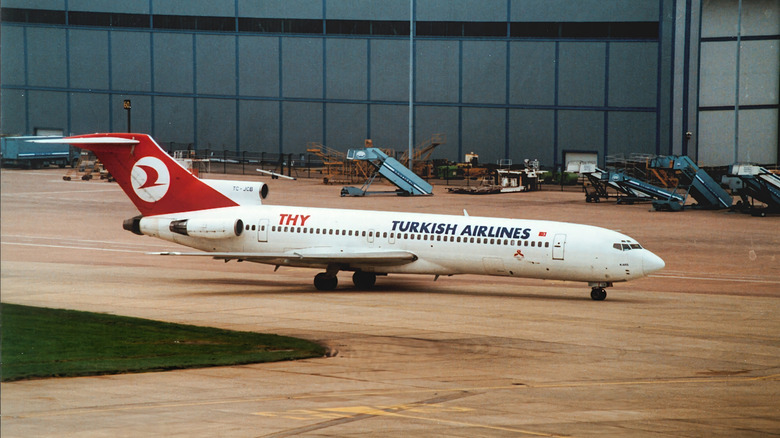
Built in the early 1960s, the Boeing 727 was designed to bridge the gap between short-haul and long-haul flights, operating between airports with shorter runways and lacking infrastructure. It had three Pratt & Whitney JT8D engines on the fuselage at the rear of the plane, with a third engine fed by an S-shaped duct at the tail. This configuration gave it great performance, but also created handling challenges for pilots. Because all three engines were around the tail area of the aircraft, the center
of gravity was shifted rearward, dramatically affecting airflow around the tail, making stability and control surface response difficult.
Like other planes of this era, the 727 didn't have all the bells and whistles modern planes have today; it was an old-school aircraft, relying on an entirely manual system, forcing pilots to handle all of its aerodynamic quirks in real time. For example, the Dutch roll, a phenomenon that pilots must actively counteract by using coordinated rudder and aileron inputs, and its swept wings, which demanded precision, especially on approach.
Read more: 10 Airplanes That Managed To Fly With Staggeringly Low Horsepower
A Troubled Approach And A Lack Of Automation
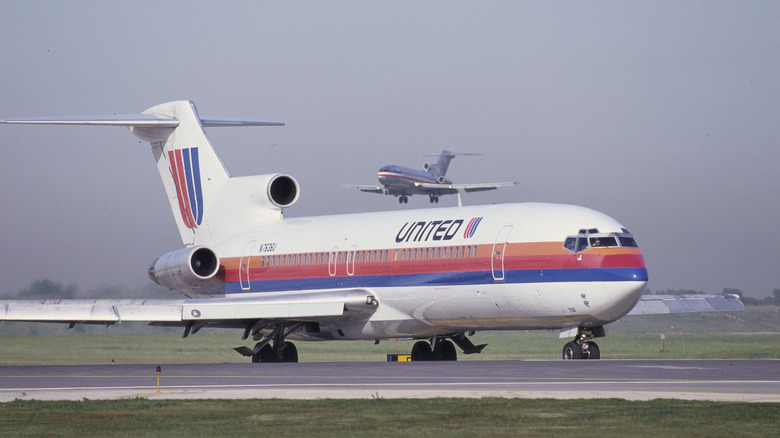
Despite its wing design being optimized for short-field landing capability, approaching and landing required close concentration because if the pilot overlooked or mistakenly entered certain flap configurations, it could produce sudden increases in sink rate close to landing. To ensure a smooth and safe landing, pilots had to carefully synchronize speed brakes, thrust reversers, and flaps; any mistakes in managing any one of these controls could result in a crash landing.
Although it did have some, the lack of major automated systems like flap and gear sequencing made the Boeing 727 one of the most difficult planes to fly. Any trim adjustments, hydraulic pressure management, fuel balancing, and thrust control were all handled without any assistance, requiring pilots to truly fly the aircraft in every sense of the word. The crash of American Airlines Flight 383 in 1965 and several other similar incidents highlighted the need for a better understanding of its handling and additional training implemented by the FAA. To address the excessive sink rate issue, some airlines restricted the 40-degree flaps on approach to reduce the effect.
Training Requirements, Decline, And Impact On Modern Aviation
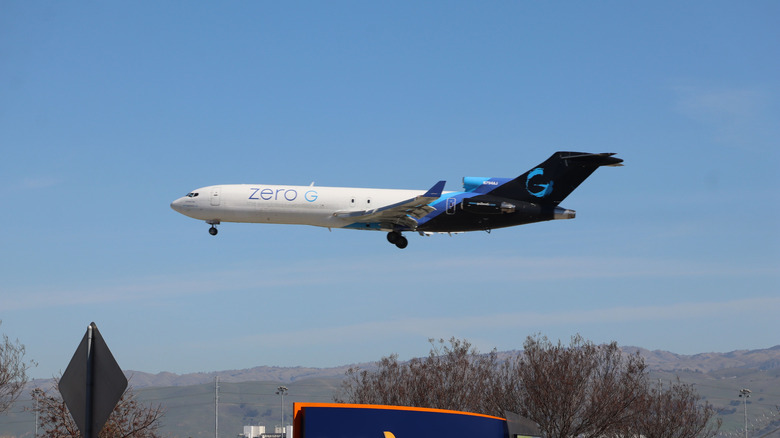
A 2016 study published in the International Journal of Aviation, Aeronautics, and Aerospace by Embry-Riddle Aeronautical University, shows how simulator training was implemented to replicated Dutch roll tendencies, system malfunctions, and unstable approach scenarios. Recurrent courses focused on flap sequencing, gear deployment timing, and manual trim use to prepare pilots for the aircraft's behavior in real-world conditions. The three-engine design was noisy and lacked fuel efficiency, so by the 1980s, environmental regulations and economic influences signaled the beginning of the 727's decline.
Newer twin-engine aircraft, such as the Boeing 757 jet, had high-bypass turbofan engines, which are both quieter and consume less fuel, which made it more appealing for airlines in contrast to the 727's less efficient low-bypass engines. In 1984, the Boeing 727 was discontinued after 1,832 were manufactured, with many serving as cargo, charter, and research planes. The final commercial passenger flight took place in January 2019. Boeing's 727 played a role in pushing aviation forward by influencing aircraft technology, cockpit ergonomics, and the aim to construct aircraft to be safe, effective, and easy to use by considering human capabilities and limitations.
Want the latest in tech and auto trends? Subscribe to our free newsletter for the latest headlines, expert guides, and how-to tips, one email at a time.
Read the original article on SlashGear.
